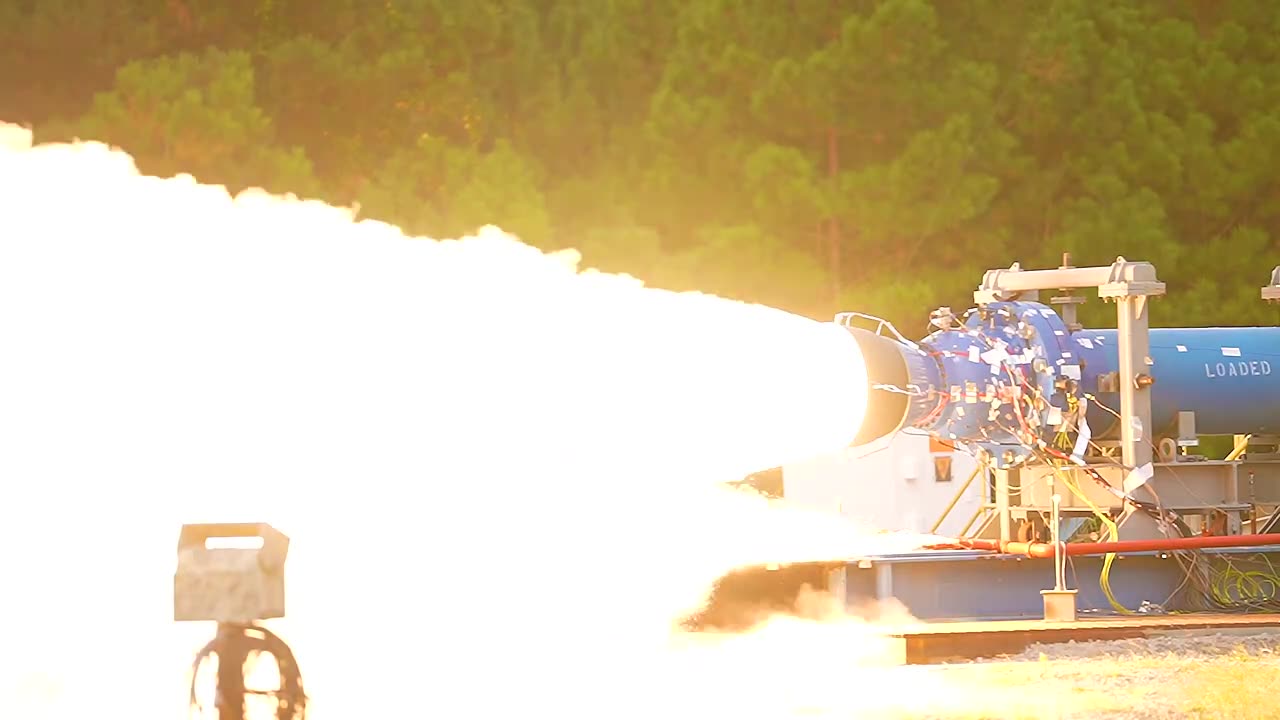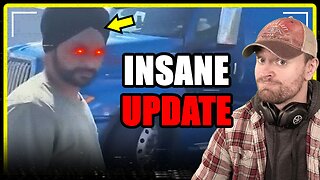Premium Only Content

Subscale Booster Motor Testing for Future SLS Flights Heats Up at Marshall-4K-NASA OFFICAL
Engineers at NASA’s Marshall Space Flight Center in Huntsville, Alabama, conducted a hot fire of a 24-inch subscale solid rocket motor Sept. 14. The test, conducted in Marshall’s East Test Area, produced more than 82,000 pounds of thrust and was part of an ongoing series of developmental tests for an upgraded booster design for future configurations of NASA’s SLS (Space Launch System) rocket.
Beginning with Artemis IX, the SLS rocket in its Block 2 configuration will use the BOLE (booster obsolescence and life extension) booster. The more powerful solid rocket motor will give the SLS rocket the capability to send even heavier payloads to the Moon and other areas of deep space for future Artemis missions.
The test was the third in the series to evaluate the alternate materials for possible use in the nozzle and motor insulation and built upon prior tests at Marshall in 2022 and 2021. The subscale motor tests are an essential part of learning how a full-scale BOLE booster will perform during flight.
For this latest test, NASA and lead booster contractor Northrop Grumman used different materials for both the nozzle and the insulation with the intent of improving the erosion resistance of the components. Engineers will use the data from the test to analyze how the nozzle and insulation performed and compare it to results from the second test.
The SLS solid rocket boosters are the largest, most powerful boosters ever built for spaceflight. They produce more than 75% of total thrust for the first two minutes of flight.
-
 UPCOMING
UPCOMING
MattMorseTV
29 minutes ago🔴It's EVEN WORSE than we thought...🔴
-
 56:41
56:41
Donald Trump Jr.
2 hours agoFull Court Press: Sen Eric Schmitt Writes New Playbook for the Left's Lawfare | TRIGGERED Ep.270
11.5K29 -
 LIVE
LIVE
Katie Miller Pod
52 minutes agoEpisode 3 - Senator Katie Britt | The Katie Miller Podcast
220 watching -
 LIVE
LIVE
BonginoReport
2 hours agoTrump Protects Old Glory in New EO! - Nightly Scroll w/ Hayley Caronia (Ep.119) - 08/25/2025
6,305 watching -
 LIVE
LIVE
The Jimmy Dore Show
1 hour agoSnoop Dogg Is DONE w/ LBGTQ+ Propaganda In Kids Movies! Trump Outlaws Burning the U.S. Flag!
5,182 watching -
 LIVE
LIVE
Quite Frankly
4 hours ago"Weekend News, All-Time Physical Feats, Mixed Reels" 8/25/25
129 watching -
 LIVE
LIVE
The Mike Schwartz Show
1 hour agoTHE MIKE SCHWARTZ SHOW Evening Edition 08-25-2025
4,071 watching -
 1:43:44
1:43:44
MTNTOUGH Podcast w/ Dustin Diefenderfer
16 hours agoEddie Penney: DEVGRU to Single Dad of 3 Overnight | MTNPOD #130
222 -
 1:28:57
1:28:57
Kim Iversen
2 hours agoSomeone Stole Kim's Identity — And Bought a Car! | Dr Drew Pinsky On Sex, Drugs & Censorship
23.4K16 -
 1:07:00
1:07:00
TheCrucible
2 hours agoThe Extravaganza! Ep. 26 (with special guest host Rob Noerr) 8/25/25
54.9K4